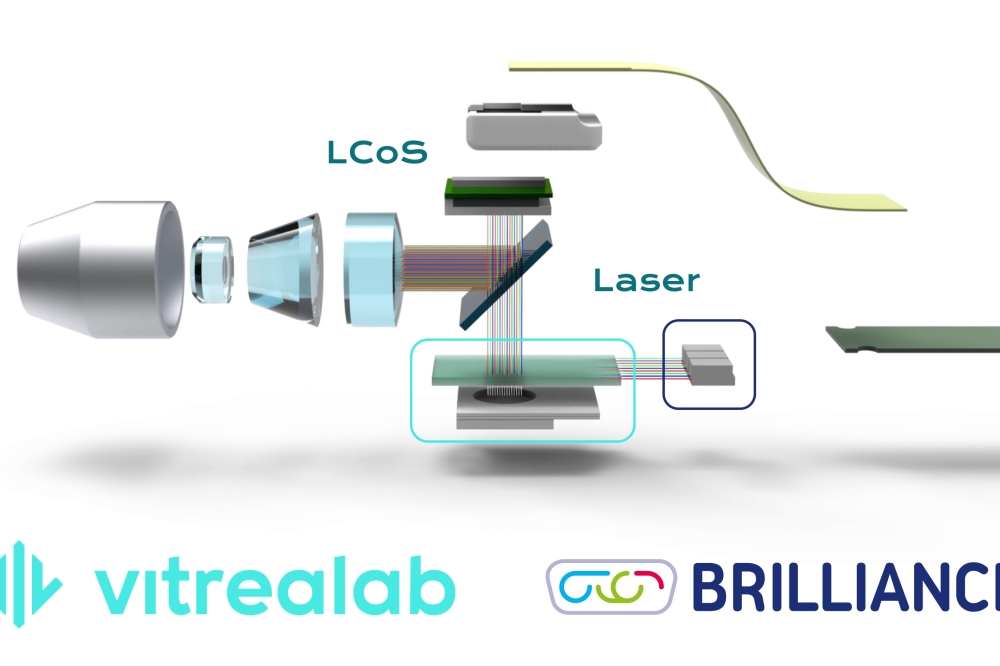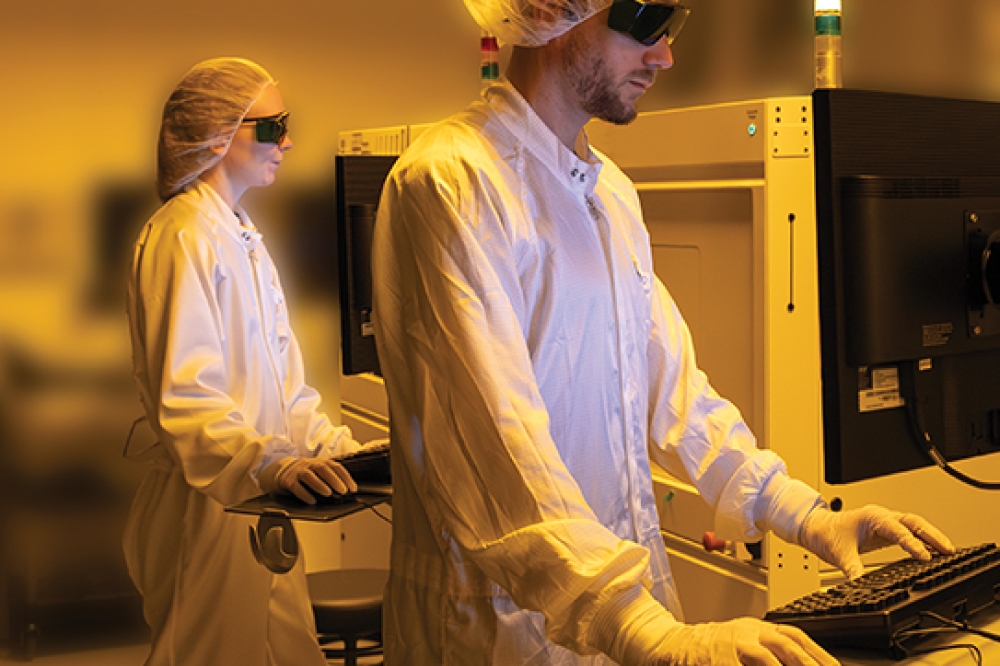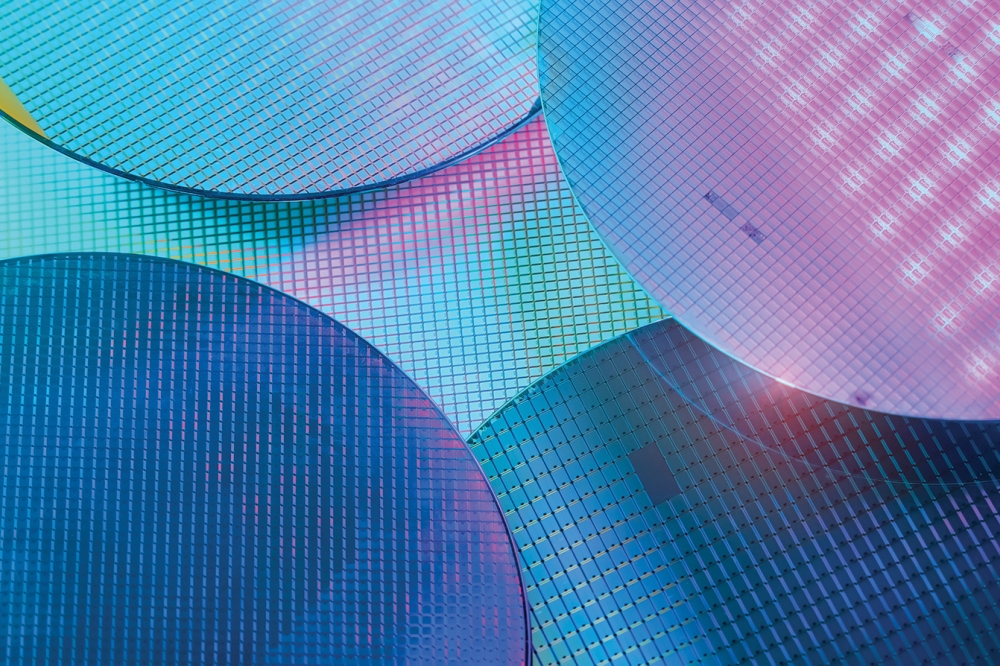Vitrealab and Brilliance cooperate on PICs for AR smart glasses

By integrating combining Brilliance’s RGB laser chip with Vitrealab’s low-loss PIC technology, the companies aim to achieve a wide field of view, high brightness, and low power consumption in a form factor small enough for lightweight smart glasses
Vitrealab, a developer of PICs for laser-LCoS-based augmented reality (AR) light engines, and Brilliance, a manufacturer of compact and efficient RGB laser chips for AR smart glasses, have announced a strategic cooperation to explore new approaches in laser illumination for AR. The collaboration is aimed at creating more compact, efficient, and high performance display systems for the next generation of AR smart glasses and related applications.
The companies plan to integrate Brilliance’s proprietary RGB laser chip Neptune into Vitrealab’s Quantum Light Chip. Brilliance says its laser diode coupling technology ensures efficient injection of coherent light into miniature optical systems while maintaining stability and polarisation, and simultaneously reduces the number of optical elements. According to Vitrealab, its PIC technology then guides this laser light with minimal losses, distributing it into arrays of beams with highly uniform intensity, precise divergence angles, and excellent beam quality.
By combining these technologies, the companies aim to make it possible to preserve polarisation throughout the system, to enable efficient LCoS modulation, while also achieving superior brightness and optical uniformity across the display field.
The goal is a laser illumination source that addresses one of the key bottlenecks in AR optics: how to achieve wide fields of view, high brightness, and low power consumption in a form factor small enough to fit into lightweight smart glasses. Vitrealab and Brilliance say the approach is inherently scalable, as both laser diodes and PICs can be manufactured in volume, making this technology a strong candidate for future consumer-grade AR products.
“In response to customer requests for smaller light engines, we decided to pursue a compact design and join forces with Brilliance,” said Jonas Zeuner, CTO of Vitrealab. “This joint technical solution is highly customisable and will allow our partners to significantly enhance their light sources and optimise the design specifications of existing LCoS light engines.”
Tim Tiek, CEO of Brilliance, commented: “Vitrealab’s innovations in light-engine technology complement our mission to deliver high-quality and compact RGB laser solutions for AR glasses. This cooperation gives us the opportunity to accelerate development and bring practical, efficient display systems to market.”
The companies add that the cooperation will include joint research and development, prototype demonstrations, and coordinated commercialisation efforts. While the primary focus is AR smart glasses, the technology could have broader relevance for automotive head-up displays, portable projection, and other compact optical applications. By joining forces, Vitrealab and Brilliance say they are not only extending the technical boundaries of solid-state illumination but also paving the way for scalable, real-world products that can bring AR into everyday use.
































